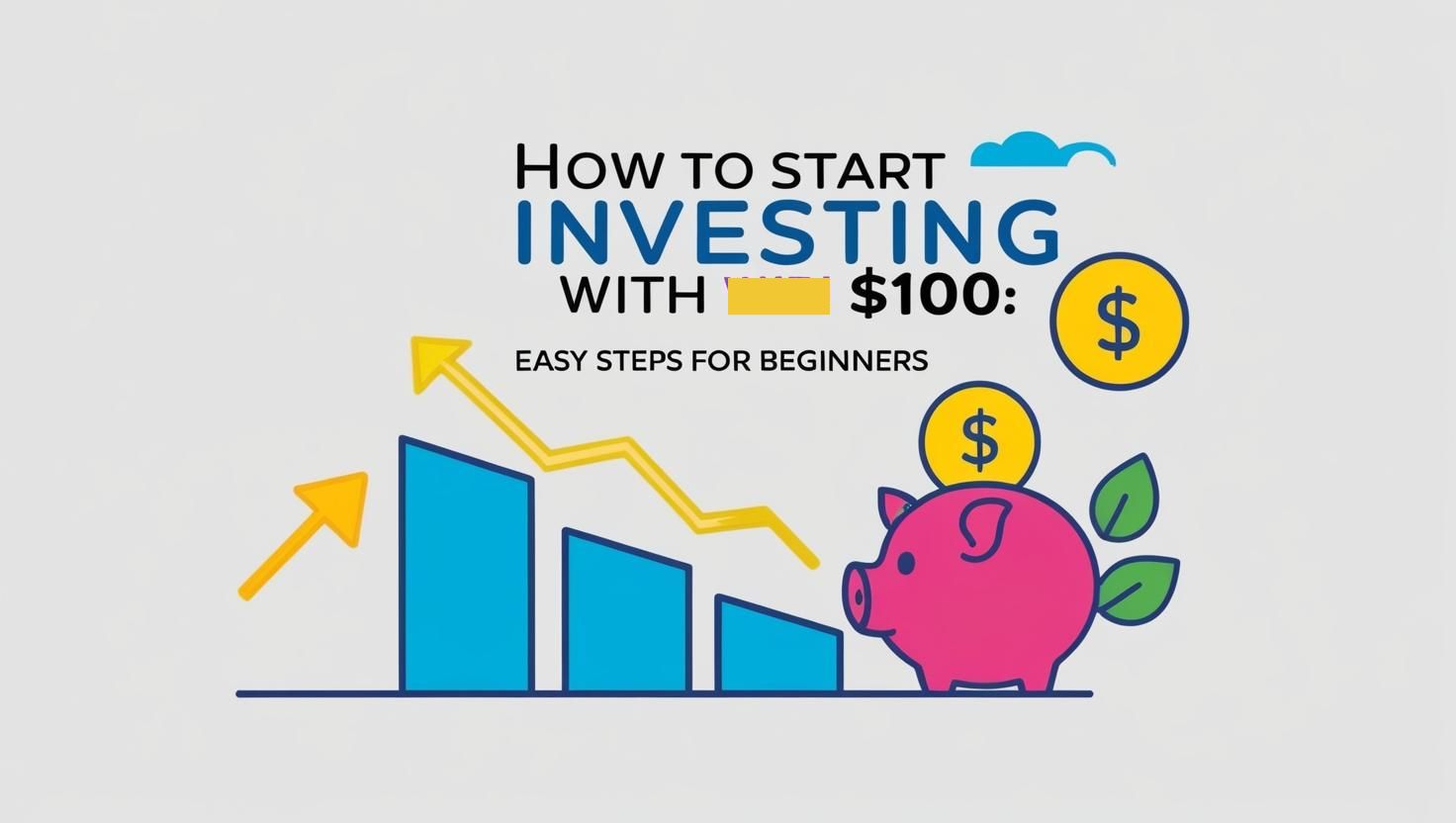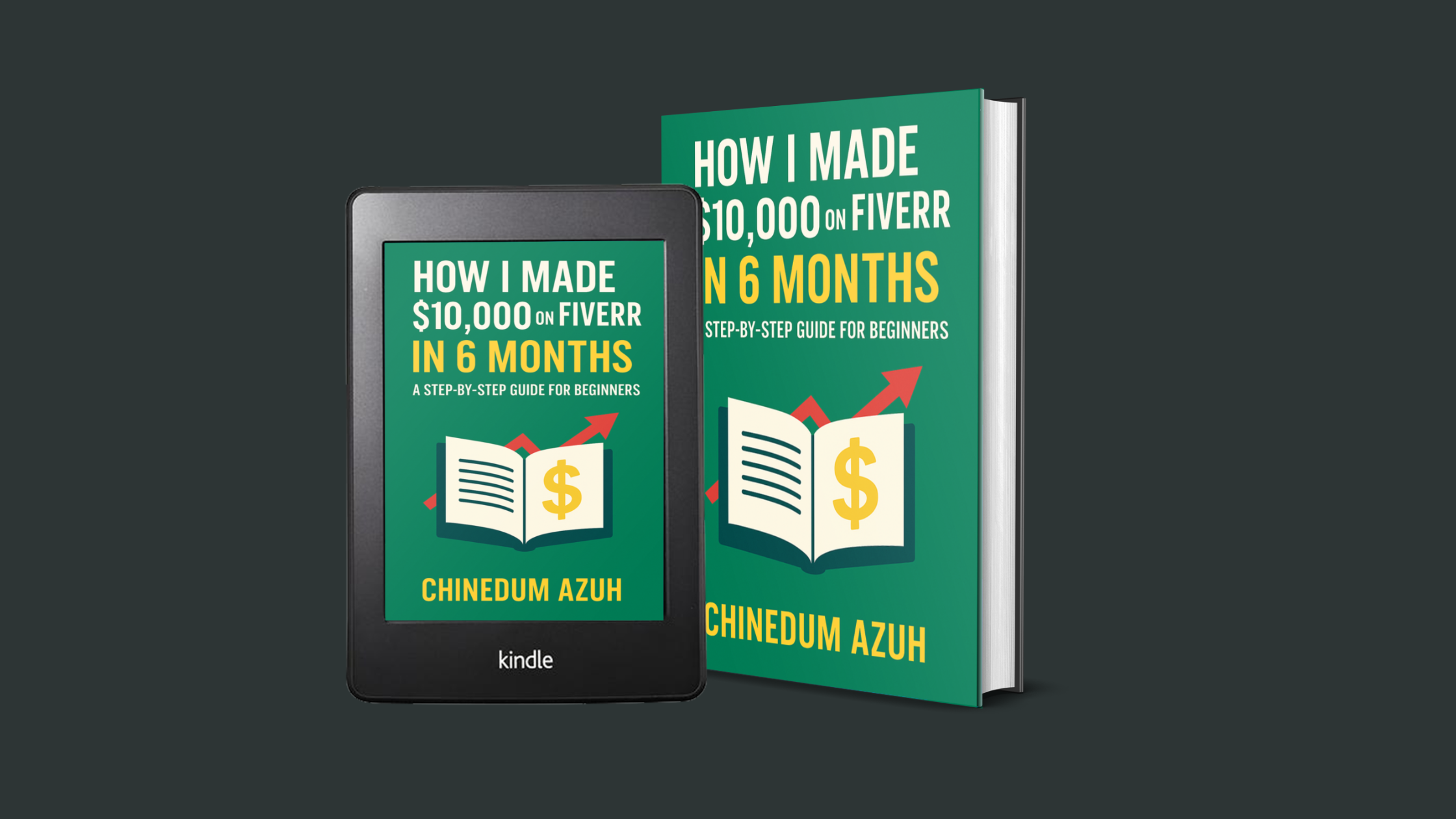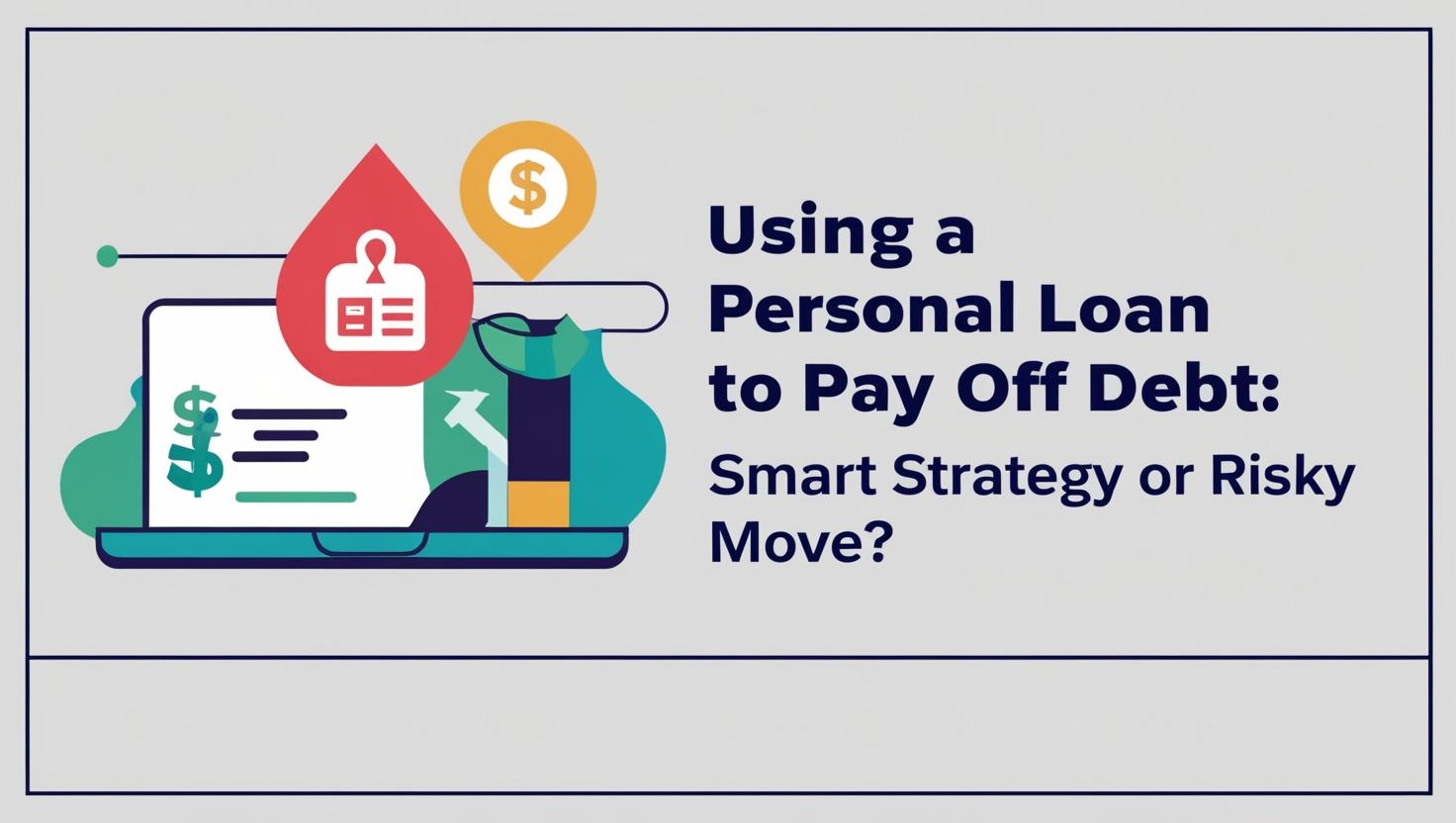Did you know that investing with $100 can be the foundation of your investment journey? Many believe you need thousands to begin, but that’s not the case. With modern tools and strategies, even small amounts can grow significantly over time.
Fractional shares and ETFs have revolutionized the game. These options let you own pieces of high-value stocks or diversified portfolios without breaking the bank. Apps like Robinhood and Acorns make it easy to get started, even with spare change.
Setting up an account is simpler than ever. Platforms like Fidelity and Charles Schwab allow investments starting as low as $5. Consistency is key—small, regular contributions can lead to impressive growth thanks to compound interest.
This guide will walk you through budgeting, choosing the right account, and selecting investment options. You’ll see how easy it is to take that first step toward financial growth.
Key Takeaways
- Starting with $100 is possible and effective for beginners.
- Fractional shares and ETFs make investing accessible with small amounts.
- Consistent contributions can lead to significant growth over time.
- Apps and platforms simplify the process of setting up an account.
- Compound interest helps your money grow faster.
Recognizing Your Financial Starting Point
Before diving into investments, assess your current financial situation. Knowing where you stand helps you make informed decisions. Start by evaluating your income, expenses, and any existing debt. This clarity ensures you’re ready to take the next step.
Setting Up Your Savings and Budget
Creating a budget is essential. Track your monthly income and expenses to identify areas where you can save. A savings account is a great place to store these funds. Financial experts recommend setting aside at least 20% of your earnings for savings.
Cutting unnecessary expenses can free up more money for your goals. Small changes, like reducing dining out or canceling unused subscriptions, add up over time. A realistic budget ensures you have a surplus to invest without straining your finances.
Establishing an Emergency Fund
An emergency fund is your safety net. Aim to save three to six months’ worth of living expenses. This fund covers unexpected costs, like medical bills or car repairs, without derailing your plans. Prioritize this before committing to investments.
Managing high-interest debt is equally important. Paying off credit cards or loans with rates above 7% should come first. This reduces financial stress and frees up more resources for future growth.
Understanding your risk tolerance is key. Some investors prefer steady, low-risk options, while others are comfortable with higher volatility. Knowing your comfort level helps you choose strategies that align with your goals.
| Step | Action |
|---|---|
| 1 | Evaluate your income and expenses |
| 2 | Create a realistic budget |
| 3 | Set up a savings account |
| 4 | Build an emergency fund |
| 5 | Pay off high-interest debt |
| 6 | Assess your risk tolerance |
How to Start Investing with $100
With just $100, you can take your first step into the world of investments. Modern platforms have made it easier than ever to begin with minimal funds. Whether you’re new to the game or looking to grow your portfolio, there are options tailored for you.
Opening a Low-Cost Investment Account
Opening a low-cost investment account is simple. Many brokers now offer $0 minimum accounts and commission-free trades. This makes it ideal if you’re starting with a small amount like $100.
Compare fees and services before choosing a platform. Look for features like educational resources, user-friendly interfaces, and customer support. Popular options include Robinhood, Fidelity, and Charles Schwab.
“Investing doesn’t have to be complicated or expensive. Start small, stay consistent, and watch your money grow.”
Exploring Fractional Shares and ETFs
Fractional shares let you buy parts of a stock when full shares are too expensive. For example, you can purchase a share of a high-value company like Amazon or Tesla with just $20. This flexibility makes it easier to diversify your portfolio.
ETFs, or exchange-traded funds, are another beginner-friendly option. They offer diversified exposure to different markets without requiring large sums of money. A single ETF can include hundreds or thousands of stocks, reducing risk and simplifying your investment strategy.
| Option | Benefit |
|---|---|
| Fractional Shares | Buy parts of high-value stocks with small amounts. |
| ETFs | Diversified exposure to multiple markets in one purchase. |
| Low-Cost Accounts | $0 minimum deposits and commission-free trades. |
Taking the first step is easier than you think. With fractional shares, ETFs, and low-cost accounts, you can begin building your financial future today.
Understanding Various Investment Options

Exploring different investment options can help you build a balanced portfolio. Whether you’re aiming for growth or stability, knowing your choices is essential. This section breaks down stocks, bonds, and robo-advisors to help you make informed decisions.
Stock Investments and Bonds
Stocks represent ownership in a company. When you buy a stock, you own a small piece of that business. Historically, the stock market has delivered an average annual return of 7% to 10%, adjusted for inflation. However, individual stocks can be volatile, with some losing significant value over short periods.
Bonds, on the other hand, are loans you give to a company or government. In return, you receive regular interest payments. Bonds are generally less risky than stocks, making them a stable option for conservative investors. A mix of both can balance risk and reward in your portfolio.
Introduction to Robo-Advisors and Automated Investing
Robo-advisors are automated platforms that manage your investments based on your risk tolerance and goals. They charge fees as low as 0.25% to 0.50% of assets under management, significantly lower than traditional financial advisors. These platforms use algorithms to create diversified portfolios, often including ETFs and bonds.
“Robo-advisors simplify investing by automating decisions, making it accessible for beginners.”
Automated investing is ideal if you prefer a hands-off approach. It ensures your portfolio stays balanced without requiring constant monitoring. Whether you choose stocks, bonds, or robo-advisors, understanding your options empowers you to make smarter financial decisions.
Tips for Minimizing Investment Fees and Maximizing Returns
Reducing fees is a smart way to boost your investment returns over time. Even small charges can add up, eating into your earnings. By choosing low-cost options, you ensure more of your money works for you.
Start by comparing brokerage account fees. Many platforms now offer $0 commissions and low annual charges. For example, brokers like Robinhood and Fidelity are known for their cost-effective services. Always check for hidden fees, such as maintenance or withdrawal costs.
Lower fee structures help enhance compound returns. Over time, even a 1% difference in fees can significantly impact your portfolio’s growth. Focus on platforms that align with your financial goals and offer transparent pricing.
“Every dollar saved on fees is a dollar that can grow your wealth.”
Comparing Brokerage Account Fees
When selecting a brokerage, consider the rate of fees and the services provided. Some platforms charge higher fees but offer advanced tools or personalized support. Others prioritize affordability, making them ideal for beginners.
Here’s a quick comparison of popular brokers:
| Broker | Commission Fees | Account Minimum |
|---|---|---|
| Robinhood | $0 | $0 |
| Fidelity | $0 | $0 |
| Charles Schwab | $0 | $0 |
Understanding tax implications is also crucial. Some accounts, like Roth IRAs, offer tax-free growth, while others may have capital gains taxes. Consult a financial advisor to optimize your strategy.
Finally, consider automated services like robo-advisors. These platforms charge lower fees than traditional advisors and use algorithms to manage your portfolio. They’re a great option if you prefer a hands-off approach.
By minimizing fees and choosing the right account, you can maximize your returns and achieve your financial goals faster.
Implementing Dollar-Cost Averaging for Steady Growth

Building wealth doesn’t require timing the market perfectly. Instead, a disciplined approach like dollar-cost averaging (DCA) can help you grow your portfolio steadily over time. This strategy involves investing a fixed amount at regular intervals, regardless of market conditions.
Benefits of Regular Contributions
With DCA, you buy more shares when prices are low and fewer when they’re high. This reduces the risk of investing a lump sum at the wrong time. For example, if you invest $100 every month, you’ll benefit from market fluctuations without emotional decision-making.
Research shows that consistent contributions can lead to significant growth. A Vanguard study found that DCA portfolios often perform well over the long term, even if they lag behind lump-sum investments in some cases. The key is staying committed to your strategy.
Automating Your Investment Strategy
Automating your investments removes the guesswork. Many platforms allow you to set up recurring purchases directly from your bank card or checking account. This ensures you stick to your plan, even during market volatility.
“Automation simplifies investing, making it easier to stay consistent and disciplined.”
By automating your contributions, you harness the power of compound interest. Over time, even small, regular amounts can grow into a substantial portfolio. Apps like Acorns and Betterment make it easy to get started with minimal effort.
Navigating Risks and Building a Diversified Portfolio
Understanding your comfort with risk is the first step toward building a resilient portfolio. Every investor has a unique tolerance for market fluctuations, and knowing yours helps you make smarter decisions. Start by asking yourself how much volatility you can handle without losing sleep.
Assessing Your Risk Tolerance
Your risk tolerance depends on your financial goals, timeline, and emotional comfort. If you’re investing for the long term, you might be more willing to take on higher risk for greater returns. However, if you’re nearing retirement, stability might be your priority.
Historical data shows that portfolios with higher stock allocations can deliver higher returns but also experience more volatility. For example, a 100% stock portfolio has seen annual returns as high as 54.2% but also losses of -43.1%. Knowing your limits helps you choose the right mix of assets.
Long-Term Strategies for Portfolio Diversification
Diversification is key to managing risk and achieving steady growth. By spreading your investments across different asset classes, you reduce the impact of any single value drop. A well-diversified portfolio might include stocks, bonds, and real estate investment trusts (REITs).
For instance, a mix of 60% stocks and 40% bonds has historically provided a balance of growth and stability. Adding REITs can further enhance returns while smoothing out volatility. Over the long term, this approach helps you weather market cycles and stay on track toward your goals.
“Diversification is the only free lunch in investing. It reduces risk without sacrificing returns.”
Start small and build gradually. Even with limited funds, you can create a diversified portfolio using ETFs or fractional shares. The key is to stay consistent and review your investments regularly to ensure they align with your goals.
Conclusion
Small steps today can lead to significant growth tomorrow. Starting with just $100 is not only accessible but also a practical way to begin building wealth. By leveraging low-cost brokerage accounts, fractional shares, and ETFs, you can diversify your portfolio without breaking the bank.
Dollar-cost averaging helps you stay consistent, reducing the impact of market fluctuations. Over time, compound interest can turn modest contributions into substantial returns. Remember, minimizing fees and maintaining a diversified strategy are key to maximizing your earnings.
Market ups and downs are natural, but a long-term perspective ensures steady growth. Whether you’re new to investing or looking to expand your portfolio, the tools and strategies outlined here make it easy to get started.
Take the first step today. Your financial future is within reach—start building it now.
FAQ
Q: What’s the first step to begin investing with a small amount?
A: Start by setting up a savings account to build a financial cushion. Once you have a small emergency fund, open a low-cost investment account to explore options like fractional shares or ETFs.
Q: Can I invest in stocks with only $100?
A: Yes! Many platforms allow you to purchase fractional shares, meaning you can invest in high-value stocks with a small amount. This makes it easier to diversify your portfolio even with limited funds.
Q: What are ETFs, and why are they a good option for beginners?
A: ETFs (Exchange-Traded Funds) are baskets of assets that track an index or sector. They’re affordable, diversified, and ideal for beginners because they spread risk across multiple investments.
Q: How do I minimize fees when investing?
A: Compare brokerage account fees and choose platforms with low or no commission charges. Look for options that offer automated investing or robo-advisors to keep costs down.
Q: What’s the benefit of dollar-cost averaging?
A: Dollar-cost averaging involves investing a fixed amount regularly, regardless of market conditions. This strategy reduces the impact of market volatility and helps build wealth steadily over time.
Q: How do I assess my risk tolerance?
A: Consider your financial goals, time horizon, and comfort with market fluctuations. Younger investors often have a higher risk tolerance because they can recover from short-term losses.
Q: Why is diversification important in investing?
A: Diversification spreads your investments across different assets, reducing the impact of poor performance in any single area. It’s a key strategy for managing risk and achieving long-term growth.
Q: Should I use a robo-advisor or manage my investments myself?
A: If you’re new to investing, a robo-advisor can simplify the process by automating your portfolio management. For more control, you can research and select individual stocks or bonds yourself.
Q: How often should I contribute to my investment account?
A: Regular contributions, even small ones, can make a big difference over time. Automate your investment strategy to ensure consistent growth and take advantage of compounding returns.







19 responses to “How to Start Investing with $100: Easy Steps for Beginners”
Who knew $100 could be the seed for a financial forest? This guide brilliantly demystifies the process, making investing accessible to all.
Fractional shares are a game-changer! Being able to own a piece of high-value stocks with minimal investment opens doors for many aspiring investors.
The emphasis on setting up an emergency fund before diving into investments is spot-on. It’s like building a safety net before walking the tightrope.
Consistency truly is key. Regular contributions, no matter how small, harness the power of compound interest over time
I appreciate the breakdown of budgeting and assessing one’s financial starting point. It’s a crucial step often overlooked by beginners
Highlighting platforms like Robinhood and Acorns showcases how technology has democratized investing for the masses.
The guide’s step-by-step approach makes the intimidating world of investing feel approachable and manageable.
The section on ETFs provides clarity on how to achieve diversification without needing a large capital outlay.
It’s empowering to know that with just $100, one can start building a path toward financial independence.
The analogy of small, regular contributions leading to significant growth is a testament to the magic of compound interest.
Addressing high-interest debt before investing is sage advice. It ensures a solid financial foundation.
The guide simplifies the process of opening a low-cost investment account, removing barriers for beginners
Emphasizing the importance of financial literacy, this guide encourages readers to take control of their financial futures.
The practical tips on cutting unnecessary expenses to free up investment capital are both realistic and actionable
It’s refreshing to see a guide that acknowledges the challenges of starting with limited funds yet provides viable solutions
The focus on long-term growth over quick gains aligns with the principles of prudent investing
By breaking down complex concepts into digestible steps, this guide serves as a valuable resource for novice investors.
The inclusion of real-world examples makes the investment strategies discussed more relatable and understandable
This guide not only informs but also inspires readers to take that first step toward financial empowerment with confidence.